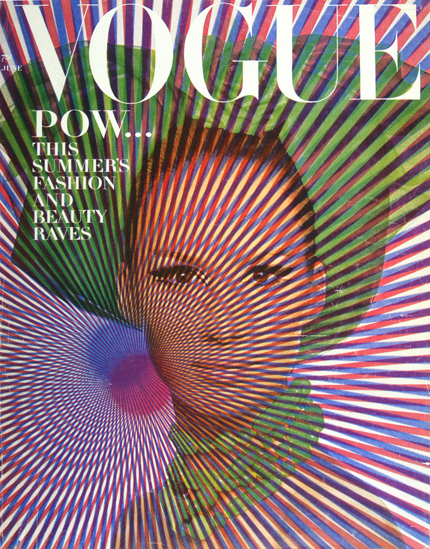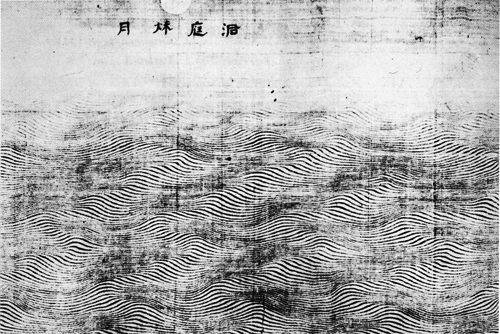the poetic title
“The kind of title you attach to your work says a lot about how you perceive the book’s intentions. The descriptive title announces a book to be used; the poetic title a book to be enjoyed.”
—William Germano, Getting it Published: A Guide for Scholars and Anyone Else Serious about Serious Books, 2001.
The word processor
“The word processor exerts a curious effect on writing; it makes everything you peck out look neat, and neat rapidly becomes convincing. The computer makes storage so easy that nothing is wasted; chapters can grow beyond their needs, frequently augmented by bits the author has reinserted with the cut-and-paste function. Are word-processed manuscripts longer than those from the Typewriter Era, or does it just seem that way? Fortunately, the same word processor that records each of your thoughts in 12 pt Times Roman also counts your words for you. Know how long your word-processed text is.”
—William Germano, Getting it Published: A Guide for Scholars and Anyone Else Serious about Serious Books, 2001.
POW…

“Cover from Vogue, Vol. 145, No. 10, June 1965. . . . Montage
with photograph by Irvine Penn and serigraph construction by Gerald
Oster.”
—Optic Nerve: Perceptual Art of the 1960s by John Houston, 2007.
every picayune punctuation
“‘I read and keep silent. I am one of the silent watchers. I know that every sentence, every word, every picayune punctuation that appears in the public press is perused and revised and deleted in the interests of advertisers and bond-holders. The fountain of national life is poisoned at the source.’”
—John Dos Passos, Manhattan Transfer, 1925.
spectral opposites
“The spectral opposites of black and white embody the most
extreme visual contrast and can summon myriad optical effects,
including spatial illusion, virtual motion, after-images, and phantom
color. Goethe made observations on such phenomena in his theories on
optics and color, but it was Gestalt psychologists who later explained
how the brain interprets perception to create these phenomena in the
mind. . . . Optical illusions, which accentuate the disjuncture between
knowledge and vision, became an early subject of interest to perceptual
artists.”
—John Houston, Optic Nerve: Perceptual Art of the 1960s, 2007.
White and black
“Negatives—positives . . . the hallucinatory play of black and white . . . I deduced therefrom, philosophically speaking, that white and black signs, and the inevitable antinomy of the ideas of the past, like ‘day and night’, ‘angel and devil’, ‘good and evil’, are in reality complementaries, a fertile androgynous idea . . . White and black, yes and no, it is the binary language of cybernetics, making possible the building of a plastic bank in electronic brains. White and black, it is the indestructibility of art-thought and hence the perenniality of the work in its original form.”
—Victor Vasarely, 1965; quoted in Optic Nerve: Perceptual Art of the 1960s by John Houston, 2007.
A Wave Under the Moon

“Unknown Chinese artist, A Wave Under the Moon. Twelfth century, ink on silk, detail of a scroll.”
—Optic Nerve: Perceptual Art of the 1960s by John Houston, 2007.
Marina Apollonio

“Marina Apollonio, Italian, born 1940. Installation proposal, 1967/71.”
—Optic Nerve: Perceptual Art of the 1960s by John Houston, 2007.
ANTIVERT

“Packaging
for Antivertigo medication (Antivert), manufacturef by Pfizer Company
Ltd, c. 1970. Private collection, Columbia, Ohio.”
—Optic Nerve: Perceptual Art of the 1960s by John Houston, 2007.
arts of peace
“Optical art, Pop Art and Minimal art were, first and foremost, arts of peace, not arts of war.”
—Dave Hickey, introduction to Optic Nerve: Perceptual Art of the 1960s, by John Houston, 2007.